When we talk about the beauty or ugliness of a Teapot, we often focus on its shape, and the lid, an important part of a zisha teapot, is frequently overlooked.
Actually, the lid of a zisha teapot also has many subtleties. There are various types that complement different pot shapes, enhancing their overall appearance.
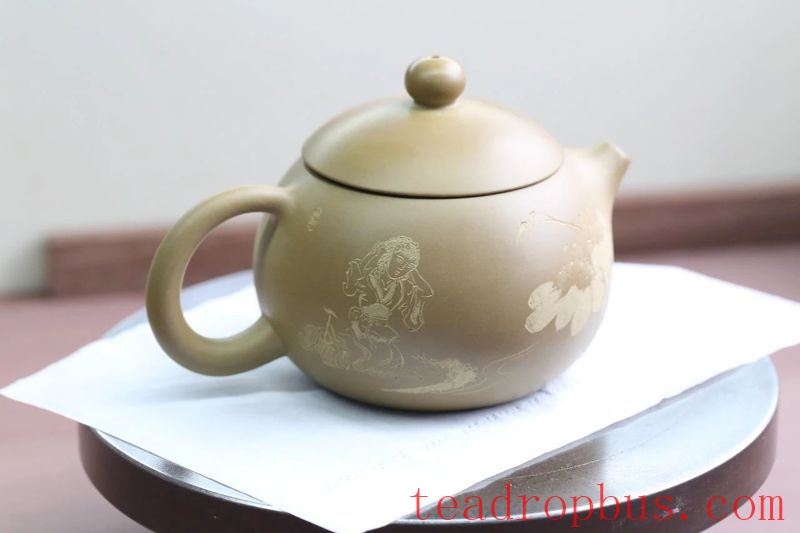
Green body
A zisha teapot is unique in that both the body and lid can be fired together without glaze, allowing for a tight, smooth fit that keeps dust out and retains heat.
The main forms include press-on lids, inset lids, and cut-off lids.
(1) Press-on Lid: Also known as “perfect lid.”
This type of lid sits over the top of the mouth of the pot. Its edge can be square or round, matching the shape of the mouth.
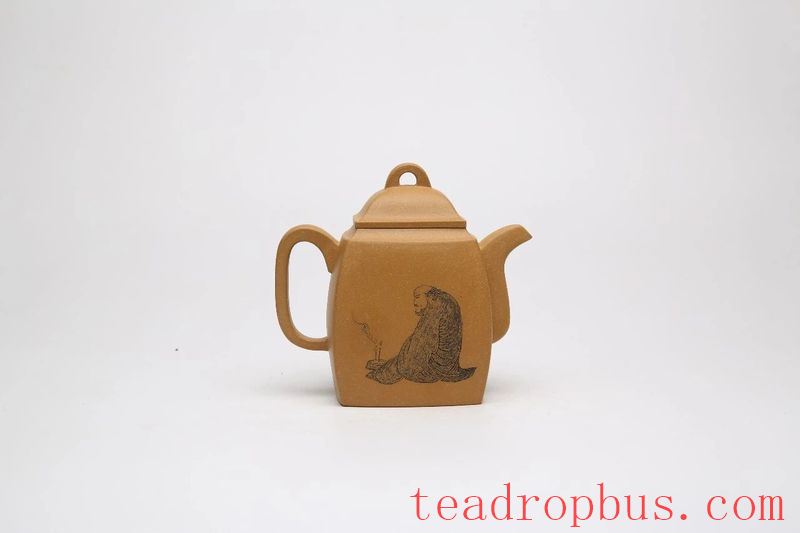
Press-on lid
The flat piece that sits flush with the mouth is called a “seat,” while the curved piece is called a “virtual seat.” The piece at the mouth is referred to as a “lump,” and the mud ring around the pot is known as the “lip.” These parts and their transitions are joined using clay slip, creating a seamless and natural fit.
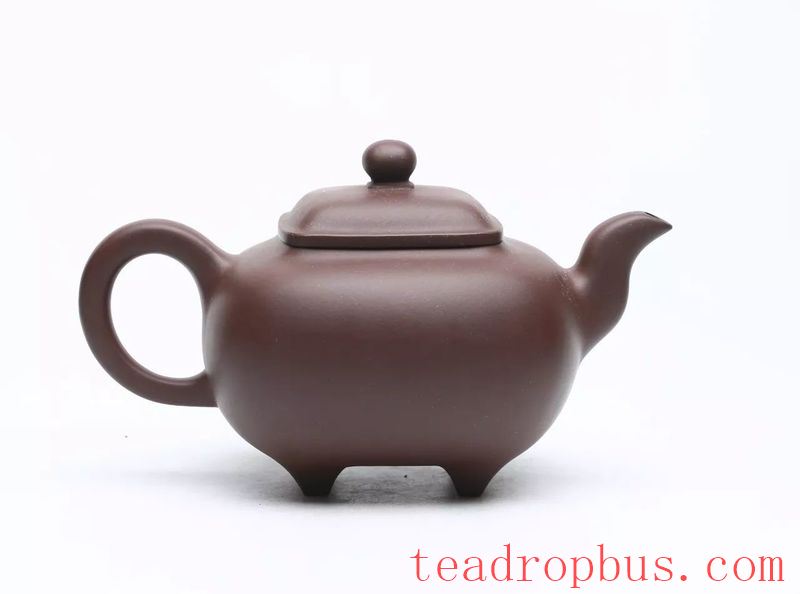
Press-on lid
A lid slightly larger than the outer diameter of the mouth is commonly known as “heaven pressing earth,” designed to meet functional and visual requirements.
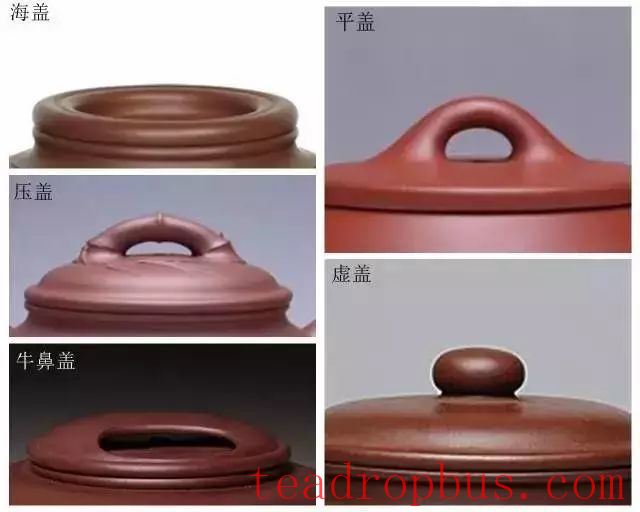
Varieties of press-on lids
Regardless of whether the pot is square or round, the lid's edge and the mouth's edge respond to each other vertically and horizontally. When the lid sits over the mouth, it is also called a “conquering lid.” “Conquering” means to subdue or dominate. A lid slightly larger than the outer diameter of the mouth is commonly known as “heaven pressing earth.”
(2) Inset Lid: This type of lid fits inside the mouth of the pot and blends seamlessly with the body.
There are flat inset lids and virtual inset lids. Those that achieve a fit as tight as “paper or hair” are considered high-quality.
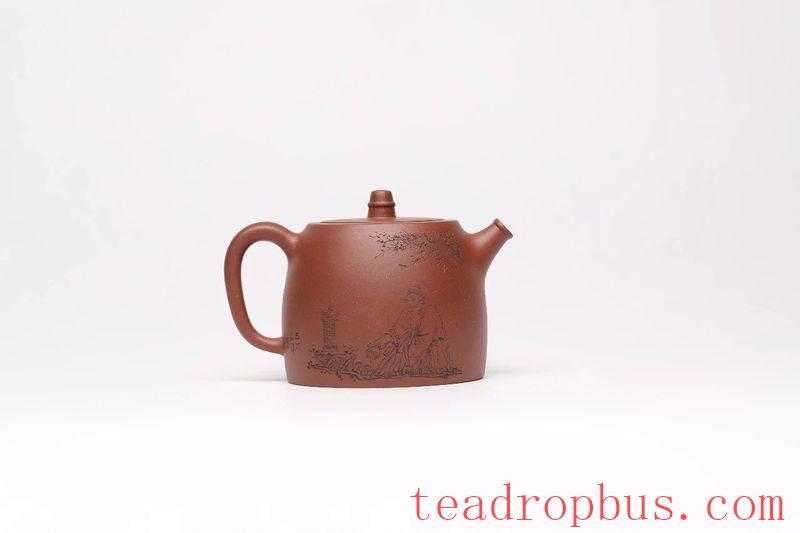
Inset lid
A flat inset lid is flush with the mouth, made from the same piece of clay and therefore contracts uniformly, leaving only a “paper or hair” gap. It comes in round, square, irregular, and tree-stump shapes.
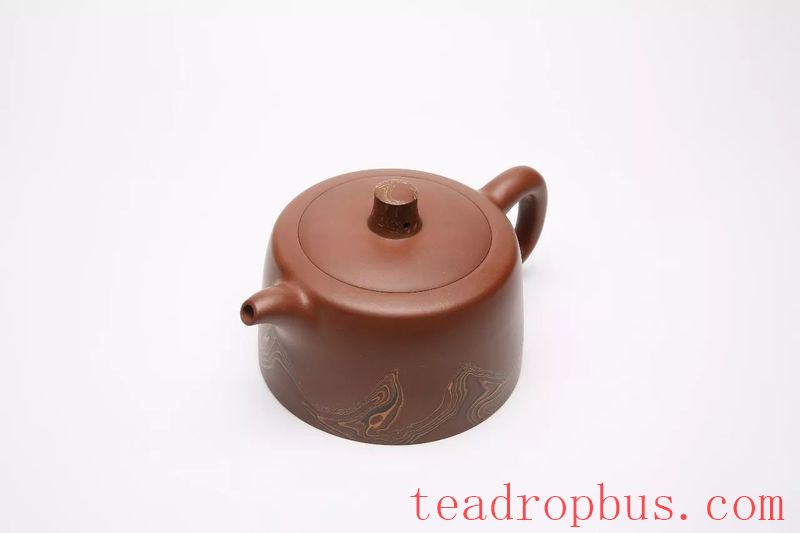
Inset lid
A virtual inset lid fits the mouth with an arc or other shape, appearing neat and tidy. The mouth is treated with a decorative line, and there are straight, ladle-shaped, and male-female lip structures. The technique is similar to that of a flat inset lid, aiming for a tight, precise fit that allows smooth rotation.
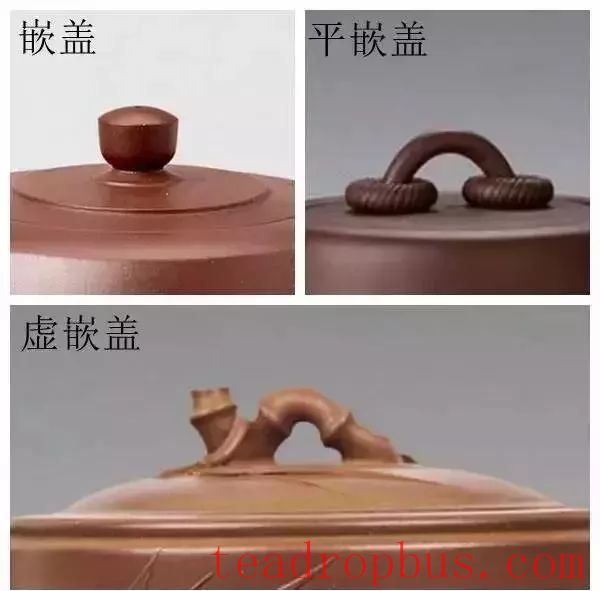
This style involves a lid fitting inside the mouth, commonly known as “earth enveloping heaven,” such as in the “Short Well Parapet,” “Single Pearl,” and “Fish Transforming into Dragon” Teapots.
(3) Cut-off Lid: This is a unique lid style for zisha teapots, named because a section of the pot is cut off to make the lid.
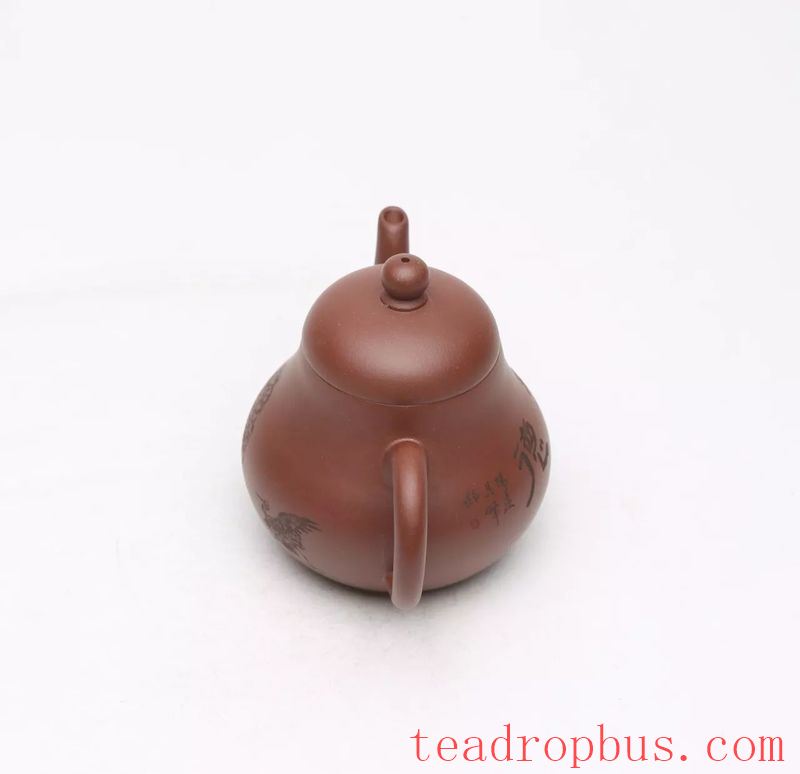
Cut-off lid
The characteristics are simplicity, fluidity, clarity, and a strong sense of unity. After production, not only do the lid and mouth fit perfectly in size, but their outer contour lines also align seamlessly, making the technical requirements quite high. There are cut-off lids, conquering cut-off lids, and inset cut-off lids.
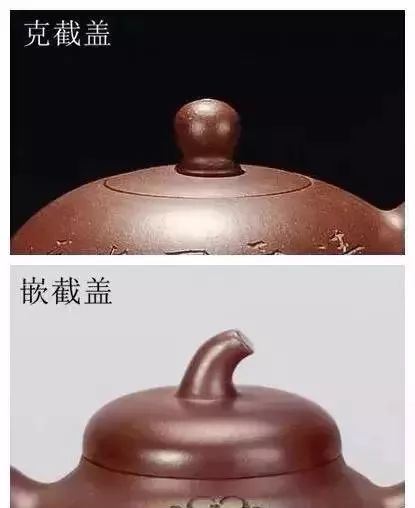
Styles such as the Qin Coin, Pear Shape, and Reversed Handle Xi Shi teapots have lids whose surfaces match the contour lines of the pot, fitting together seamlessly. The lid and mouth are the right size for each other.
If there are any copyright issues, please contact us to remove them.